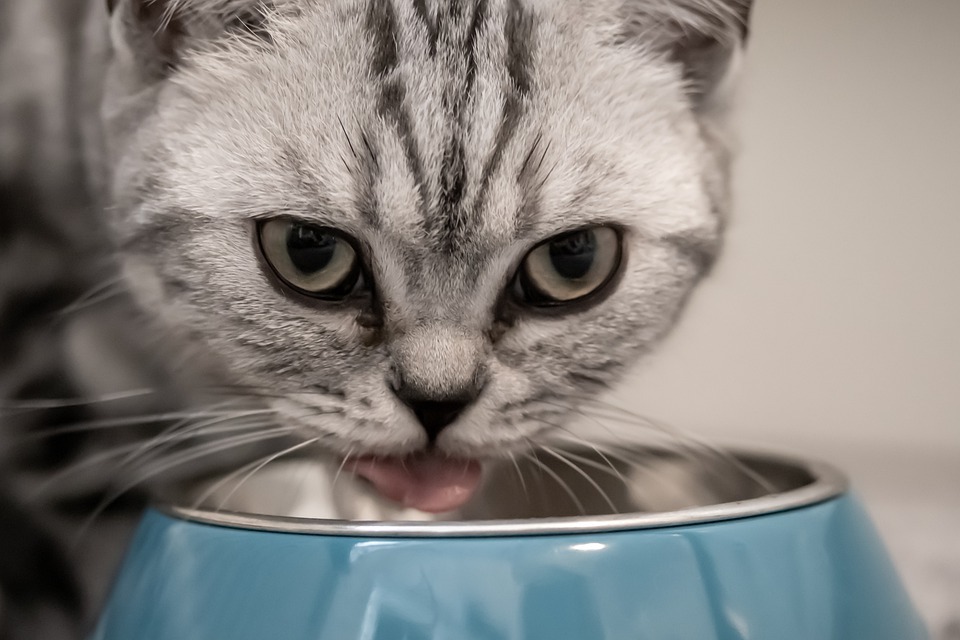A healthy diet is a primary secret to feline longevity. As a cat owner, you should know the basics of cat nutrition to ensure that your kitty eats healthy food that will maintain its optimal physical functioning.
A poor diet can lead to early death, chronic diseases, and painful conditions. Therefore, if you want to keep your cat in tiptop condition, this is what you should know:
What nutrients do cats need?
Typically, felines do not require vitamin and mineral supplements as cat food contains them in sufficient quantities. However, few brands include Vitamin L-Lysine, a compound that will ensure your cat’s body can protect itself from infections and other harmful substances. It can be found in the necessary quantities in a quick immune booster for cats.
Your feline’s ancestors were hunters that preyed on smaller animals. This food source provided a cat with high quantities of protein, moderate amounts of fat, and minimal carbohydrates. A feline’s nutrition requirements remain the same today. However, in addition to these food groups, cats also need vitamins, minerals, fatty acids, and amino acids.
Dry cat food
The ingredients in dry cat food include water, meat or meat by-products, poultry or poultry by-products, grain or grain by-products, fish meal, fiber, milk, vitamins, and minerals. These components of dry cat food are mixed, dried, and cut into bite-sized pieces. The cat food pellets are coated with flavoring, including animal fat, to make them tastier to felines.
Not all cat food types contain identical ingredients, and owners should scrutinize the bag to determine what goes into their preferred brand. Dry cat food is inexpensive and convenient for cat owners. Many felines tend to graze, meaning that they do not eat their allocated portion in one session. Semi-moist and moist foods dry out if not eaten immediately and must be thrown away. Dry food also has a longer shelf-life and is unlikely to spoil unless exposed to too much moisture or air.
Despite its many benefits, dry cat food tends not to appeal to a kitty’s discerning palate as it is not as flavorful as other foods. The ingredient list, especially that of cheap cat food, can make dry food challenging for your cat’s digestive system to process. This could lead to vomiting, diarrhea, or constipation. Additionally, dry cat food contains little moisture, with the average brand content varying between 6-10% water.
Semi-moist food
Semi-moist cat food contains mostly meat and meat by-products, whether from red meat, poultry, or fish. Other ingredients include soybean meal, cereals, and grain byproducts. The addition of preservatives rounds out the production process and ensures that the food remains fresh for longer. The moisture level in this cat food type is about 35%.
Semi-moist cat food should be used soon after the packet is opened. If this is not done, the food dries out and could become rancid. During this process, the semi-moist food loses much of its flavor and will be less appealing to a hungry feline.
Expect to pay more for semi-moist cat food than you would for the dry variety. Again, check the ingredients list to ensure that the brand you select offers your cat the correct dietary requirements.
Canned food
The moisture content of canned cat food is about 75%, making it a useful source of water for a feline. Canned cat food is the priciest type of feline food on the shelf. However, it also has the longest shelf-life, provided it remains unopened.
Once a can is opened, it should be sealed and stored in your refrigerator to keep it fresh for as long as possible. Failure to do this results in food spoilage, which can make your cat sick if it eats some. The can’s contents should be fed to your cat within a matter of days.
Most kitties love canned cat food as it is tastier than other food types. If you choose gourmet canned cat food, it usually contains meat chunks or whole meat by-products. These are nutritious and likelier to get your feline’s attention than dry food.
The importance of moisture content
Cats are not great water drinkers, and you are unlikely to see your cat lapping water from a bowl as a dog would. Felines rely on their food intake to ingest most of their fluid requirements. Therefore, canned food is your best option as it contains the most moisture.
Changes in a cat’s eating patterns
Like humans, cats go through different life stages, and their dietary requirements change accordingly. The primary life stages of the feline are kittenhood, adulthood, pregnancy, lactation, and senior years. Cat food labels include information about which stage of the cat lifecycle the food is intended for.
As cats age, their metabolism slows, and so does their appetite for exercise. They might become overweight if fed the same food as a younger feline. Such foods are made with active kitties in mind, not lethargic geriatric cats.

